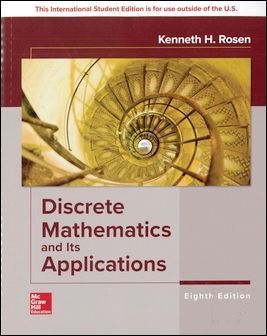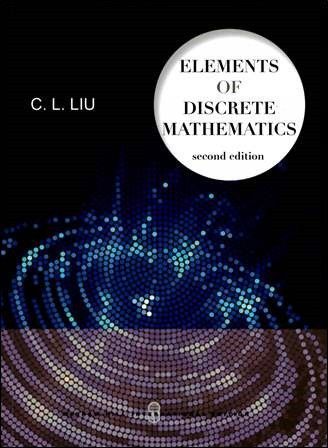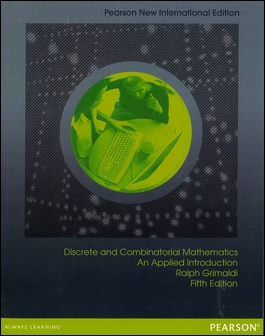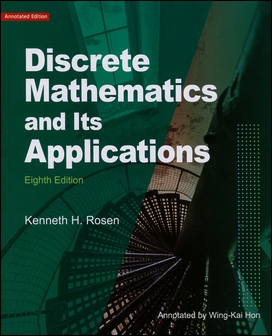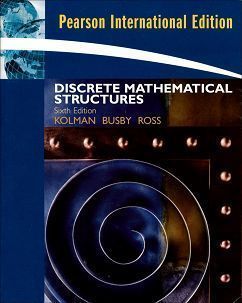書籍分類
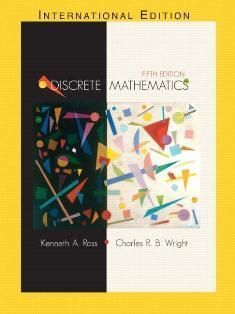
Discrete Mathematics 5/e
作者:Kenneth A. Ross, Charles R. Wright
原價:NT$ 1,150
ISBN:9780130652478
版次:5
年份:2003
出版商:Pearson Education
頁數/規格:612頁/精裝雙色
版次:5
年份:2003
出版商:Pearson Education
頁數/規格:612頁/精裝雙色
內容介紹 本書特色 目錄
- Description
Revised for extra clarity, the distinguishing characteristic of Ross and Wright is a sound mathematical treatment that increases smoothly in sophistication. The text presents utility-grade discrete math tools so students can understand them, use them, and move on to more advanced mathematical topics.
- Features
-
Over 270 supplementary exercises-All with answers.
* Provides students with questions typical of the ones they should be able to answer after completing the chapters. -
Full chapter on discrete probability.
* Uses binomial random variables to gently motivate the existence and usefulness of the Gaussian distribution. -
Chapter on algebraic structures-Applies permutation groups to combinatorial problems, and discusses the Chinese Remainder Theorem with applications to fast arithmetic and polynomial interpolation.
* Provides a nice new option for many instructors. -
Matrix multiplication is now deferred until Chapter 11-Where it is first needed.
* Provides a better organized and clearer text. -
Boolean algebra isomorphism coverage moved-Now at the end of the Boolean Algebra chapter.
* Helps students more easily understand this concept. -
Comprehensive coverage of logic and proofs-Several sections, including one consisting of interactive exercises, give practical guidance for writing proofs. All important results are proved, not just stated.
* Allows serious students to study the proofs or keep the book as a reference. -
Introductory sections-Gives gentle, motivated warm-up.
* Establishes the importance of precision, examples, and abstraction as problem-solving tools. - Chapter on induction begins with loop invariants-Invariants, a natural and important concept from computer science, are not presented in isolation, but are also used to construct and verify important algorithms.
-
Full chapter on recursion.
* Gives a mathematically clean and comprehensible treatment of recursion and recursive algorithms, central concepts that computer science students must understand. -
Big-oh ideas introduced in the chapter on induction-Applied from then on to analyze efficiency of algorithms.
* Provides good coverage of a topic important to CS students. -
Office Hours sections-Scattered strategically in the book.
* Addresses common student concerns and shows students how to approach the material. -
Even more examples-Designed to motivate and illustrate the mathematical ideas as they are developed.
Allows the instructor to spend time on selected topics in class and assign reading to fill out the presentation. -
Exercise sets-Include a complete range of problems, building smoothly from easy examples to more challenging uses of the methods and extensions of the ideas.
* Develops abstract understanding and gives practice with proofs.
- Table of Contents
1. Sets, Sequences, and Functions.
2. Elementary Logic.
3. Relations.
4. Induction and Recursion.
5. Counting.
6. Introduction to Graphs and Trees.
7. Recursion, Trees and Algorithms.
8. Digraphs.
9. Discrete Probability.
10. Boolean Algebra.
11. More on Relations.
12. Algebraic Structures.
13. Predicate Calculus and Infinite Sets.



